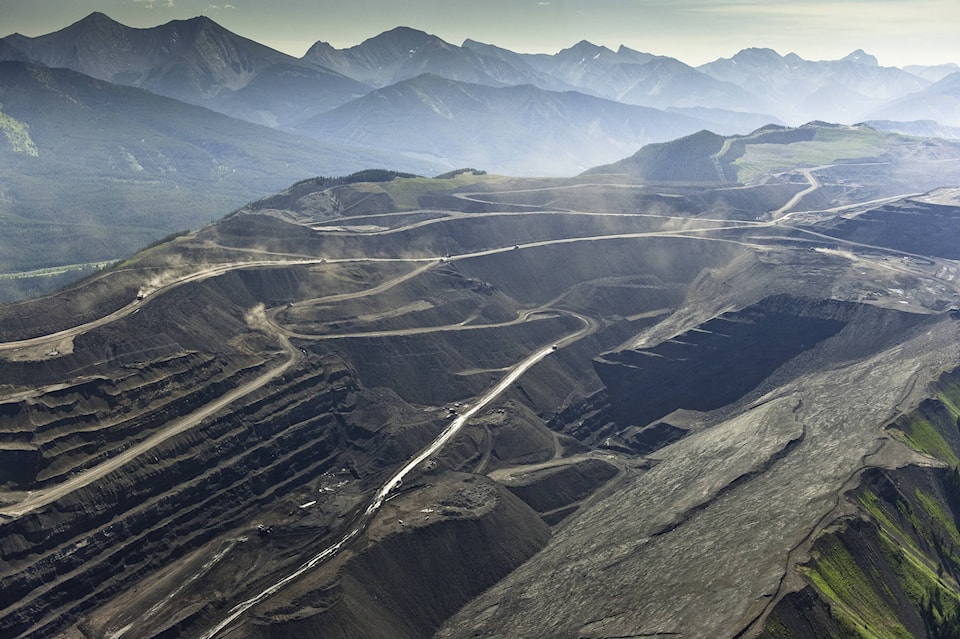Selenium pollution crossing the border at Koocanusa is on the agenda for a high-level meeting between the US and Canada in Washington, D.C. on Thursday, April 26, 2018. Rising pollution levels from Teck’s Elk Valley coal mines are putting fish in danger in Koocanusa—and in the Elk and Fording Rivers, says Wildsight. Montanans, frustrated with a lack of effective action, have taken the issue to the federal level.
Violation of the long-standing US-Canada Boundary Waters Treaty, which prohibits polluting waterways shared by the two countries, is on the table at the meeting between the US Department of State and Global Affairs Canada. Resolving the cross-border pollution issue is also included as a priority in the recent federal budget bill signed by President Trump.
“If Montana can’t tolerate selenium pollution levels in Koocanusa, why are we willing to put up with the much higher selenium levels upstream in the Elk and Fording Rivers here in B.C.?” asks Wildsight’s Lars Sander-Green.
Selenium, which leaches from waste rock dumps at Teck’s five Elk Valley coal mines, can cause birth defects or complete failure to hatch in trout when the pollutant builds up in their organs, says Sander-Green.
“After Teck admitted last year that they can’t meet their commitments under the Elk Valley Water Quality Plan,” said Sander-Green, “everyone is looking to the provincial government to see what they’ll do. So far, it looks like they’ll just let Teck shift the goalposts, loosening selenium pollution limits over the next few years.”
Teck’s one water treatment plant in the Elk Valley, which is the first of many to be built, is currently shut down for upgrades after it was discovered that the plant was actually making the selenium pollution problem downstream worse, according to Sander-Green.
“It’s hard to believe that a couple decades after the selenium pollution problem at the Elk Valley coal mines was discovered, selenium pollution levels are still rising,” said Sander-Green, “but if B.C. won’t enforce their own regulations, who’s going to defend our clean water?”
